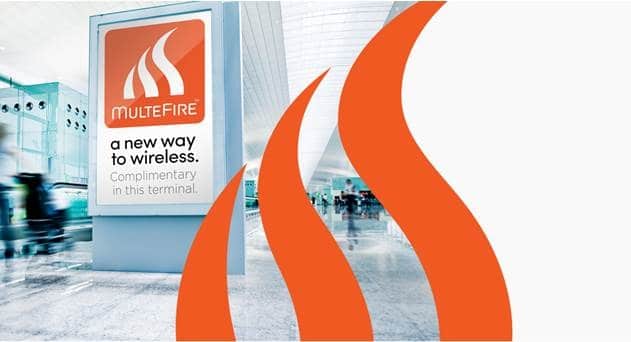The MulteFire Alliance, Tuesday announced the completion of its Release 1.0 specification, a key milestone in bringing MulteFire technology to market.
MulteFire is based on 3GPP standards, specifically Licensed Assisted Access (LAA) in Release 13 for downlink and enhanced Licensed Assisted Access (eLAA) in Release 14 for uplink. Similar to LAA and eLAA, MulteFire is inherently designed to share the unlicensed spectrum fairly with Wi-Fi and other technologies by using the LBT standard.
Release 1.0 defines LTE to operate in unlicensed and shared spectrum, while ensuring fair sharing of spectrum with other users and technologies such as Wi-Fi. By removing the requirement for an anchor in licensed spectrum, MulteFire said that it enables new use cases and new deployments to take advantage of the benefits of LTE technology.
The MulteFire Release 1.0 specification includes the following key capabilities:
- Builds on elements of 3GPP Release 13 License Assisted Access (LAA) for the downlink and Release 14 enhanced LAA (eLAA) for the uplink.
- Includes enhancements for operation solely in unlicensed spectrum such as robust procedures for mobility, paging, initial access and efficient uplink control channels.
- Implements Listen-Before-Talk for fair coexistence with technologies using the same spectrum such as Wi-Fi and LAA, as well as co-existence between different MulteFire networks.
- Defines a Neutral Host access mode where the same deployment can serve multiple operators, as well as a traditional access mode for a single network operator.
- Enables access authentication with or without a SIM card to provide services for subscribers from different types of service providers, including mobile operators.
- Supports a range of LTE services, including Voice over LTE (VoLTE) and high speed mobile broadband.
Stephen Litjens, MulteFire Alliance Board Chair, VP Innovation Steering, Nokia
By eliminating the requirement for licensed spectrum, MulteFire will enable innovation around the world with a number of exciting new use cases – from deploying a standalone network in an underground mine for industrial IoT applications to ensuring robust connectivity for mobile broadband. With Release 1.0, the Alliance is delivering on its promise of a new way to wireless.




















